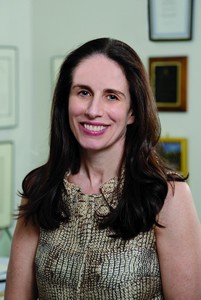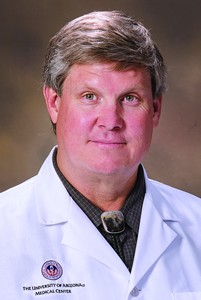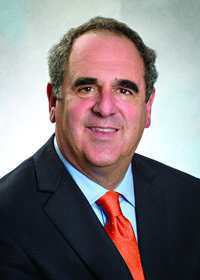Interest in total joint arthroplasty, particularly total knee and hip replacement, has reached an all-time high.
Credit the Baby Boomers, who expect clinicians to do more than ever to heal their aches, pains, and aging bodies. Also credit orthopedic surgeons, whose global registries and growing attention to evidence-based practice have improved both safety and efficacy for one of the most common surgical procedures.

“Joint replacement will be an option for a growing portion of our patients, whether they have rheumatic disease or osteoarthritis,” said Lisa Mandl, MD, MPH, Assistant Attending Physician at the Hospital for Special Surgery and Assistant Research Professor of Medicine and Public Health at Weill Cornell Medical College. “Many rheumatologists and primary care physicians have an incorrect assessment about the success of joint replacement. They are much more pessimistic than the data show. You should not be discouraging a patient from joint replacement because they are older or have a rheumatic disease. Joint replacement can transform people’s lives.”
Dr. Mandl is one of three presenters who will discuss All Things Arthroplasty: Outcomes and Complications from 11:00 am – 12:30 pm Monday. Orthopedic surgeons have been innovators in the use of global arthroplasty registries to drive evidence-based changes in the design of replacement joints, the procedures used to implant them, and postoperative rehabilitation strategies to improve both short-term and long-term outcomes.

“We have data up to nearly 20 years on how joint replacements work in real patients and the complications related to these interventions,” said orthopedic surgeon Michael Dohm, MD, Assistant Professor of Orthopedic Surgery at the University of Arizona College of Medicine.
“We know very well what our interventions do to and with these patients,” he said. “We are able to predict who will do well with which implant and which procedure. We can avoid most complications and identify complications much more quickly when they do develop. We have much better accuracy than in earlier years and much better survivorship, meaning that implants are working for 20 and 30 years so patients don’t need a repeat procedure.”
Patient factors are also helping to improve total joint arthroplasty outcomes. In the past, surgeons typically told patients what device and procedure would be used. Surgeons today work with patients to select the device and procedure based on the patient’s own preferences for risk, activity level, and other factors.

“An operation that might be ideal for one patient may not be right for another patient, not because of x-rays or other clinical considerations, but because of the patients’ own reactions to the tradeoffs between risks and benefits,” said Jeffrey Neil Katz, MD, Professor of Medicine at Harvard Medical School and Associate Physician at Brigham and Women’s Hospital.
With the advent of biologic therapies, RA patients are doing so well in terms of their disease that they are surviving longer and expecting better quality of life. Going forward, rheumatologists can expect more discussions about joint replacement.
“As rheumatologists, we generally participate in decisions that affect a relatively small number of people,” Dr. Katz said. “Not that many people have lupus, not that many people are candidates for our biologic therapies. In stark contrast, we do a million hip and knee replacements in the U.S. alone every year and that number is growing. While a rheumatologist might be talking about prescribing biologics for vasculitis once or twice a year, they will be talking with patients about replacing a joint every week, if not every day.”
